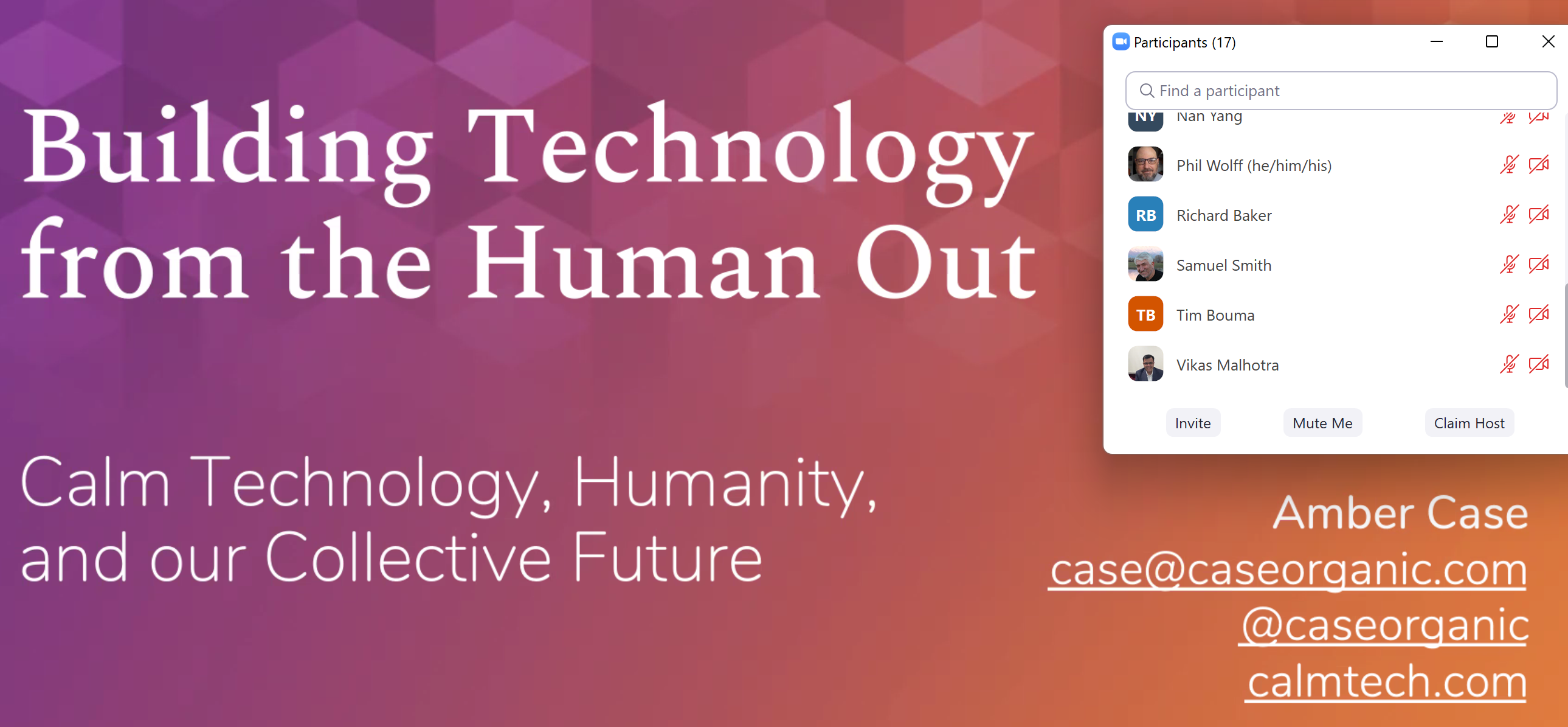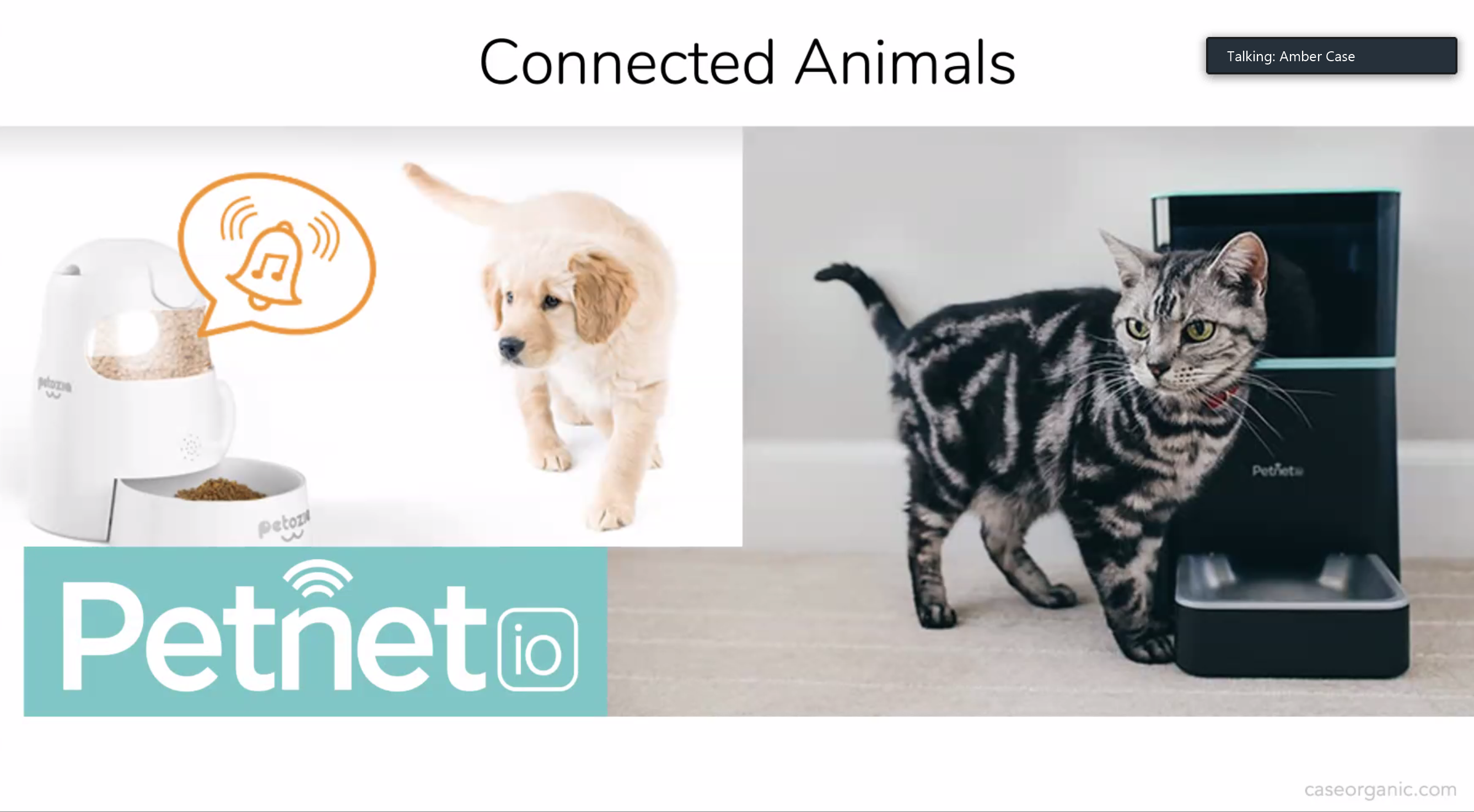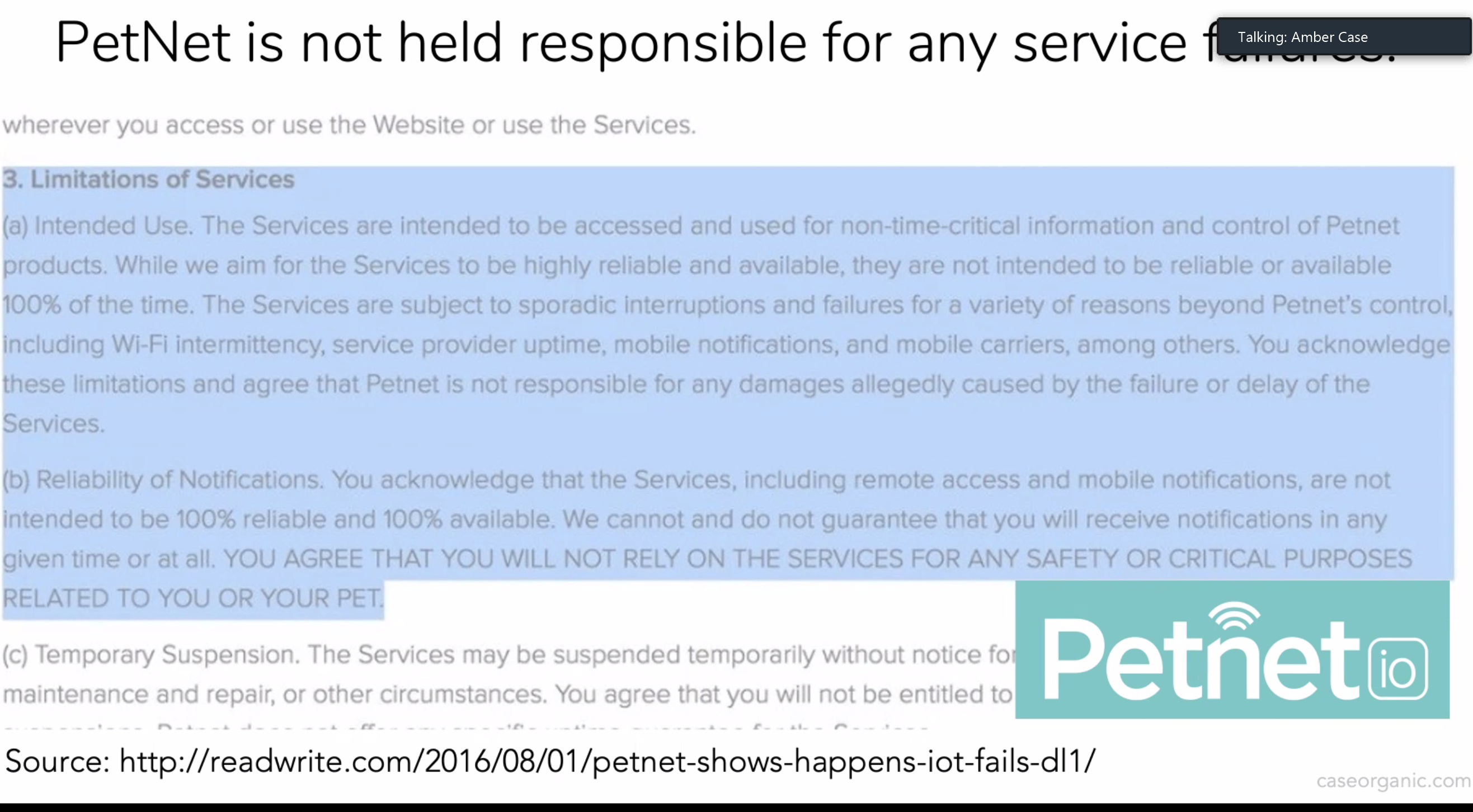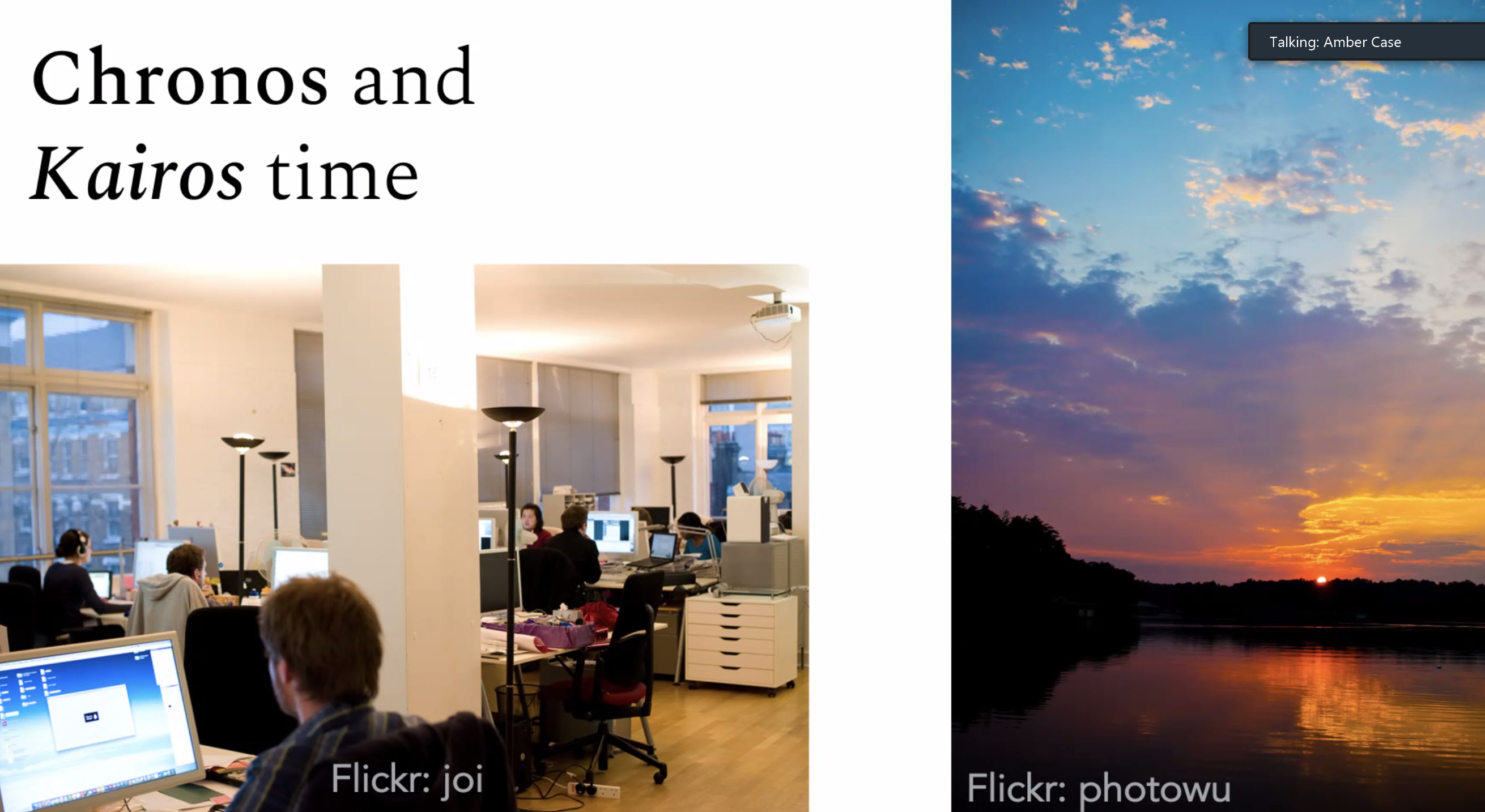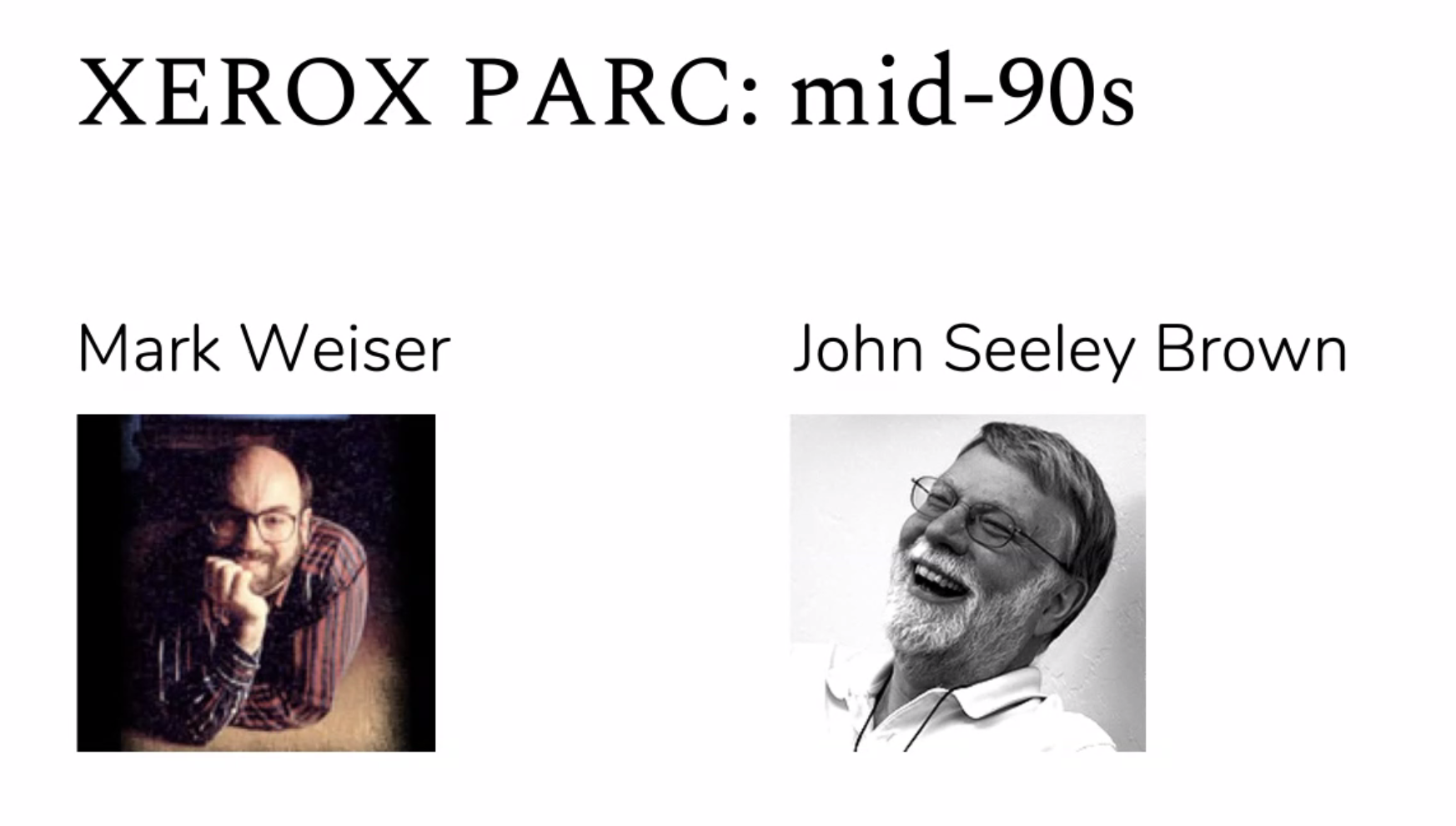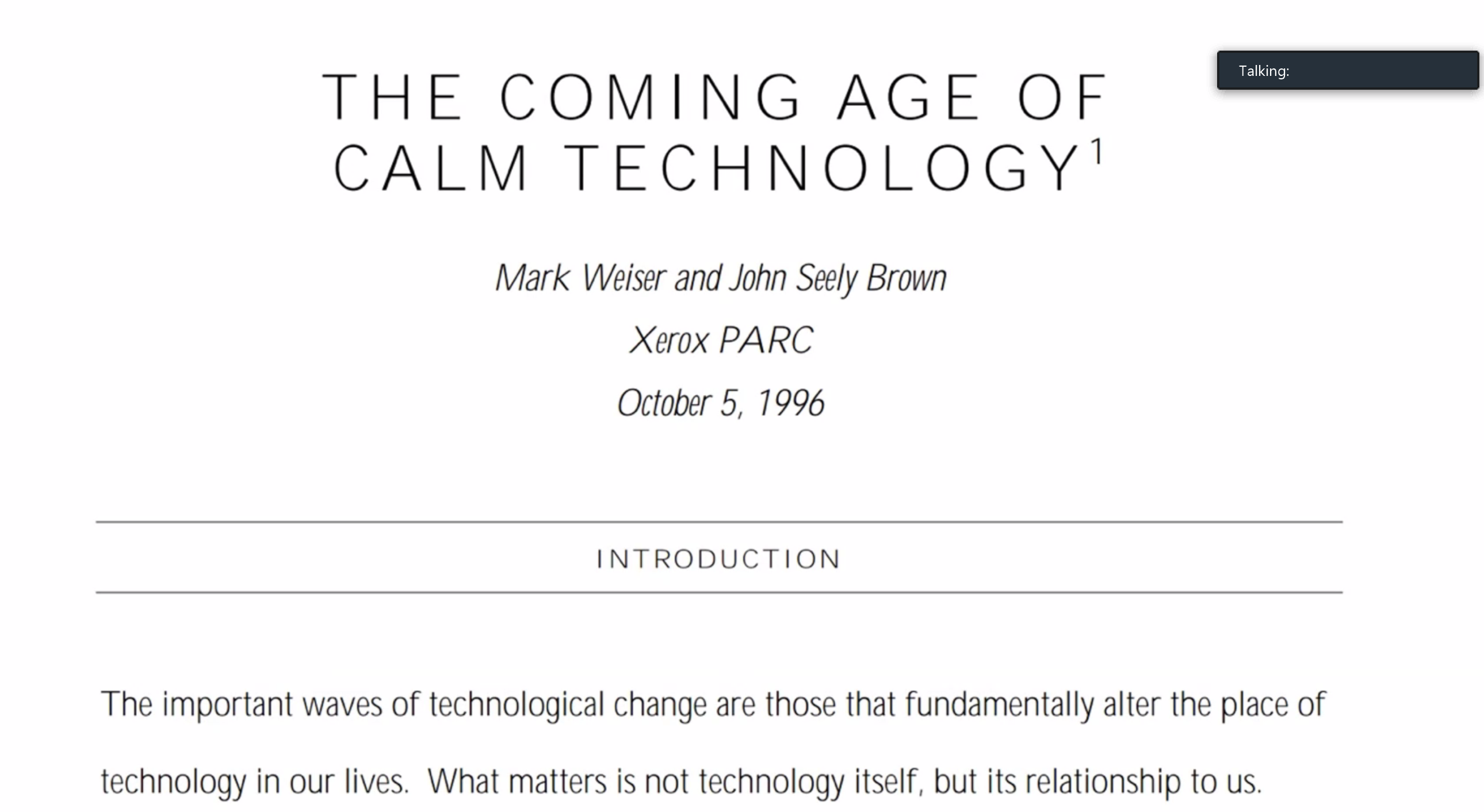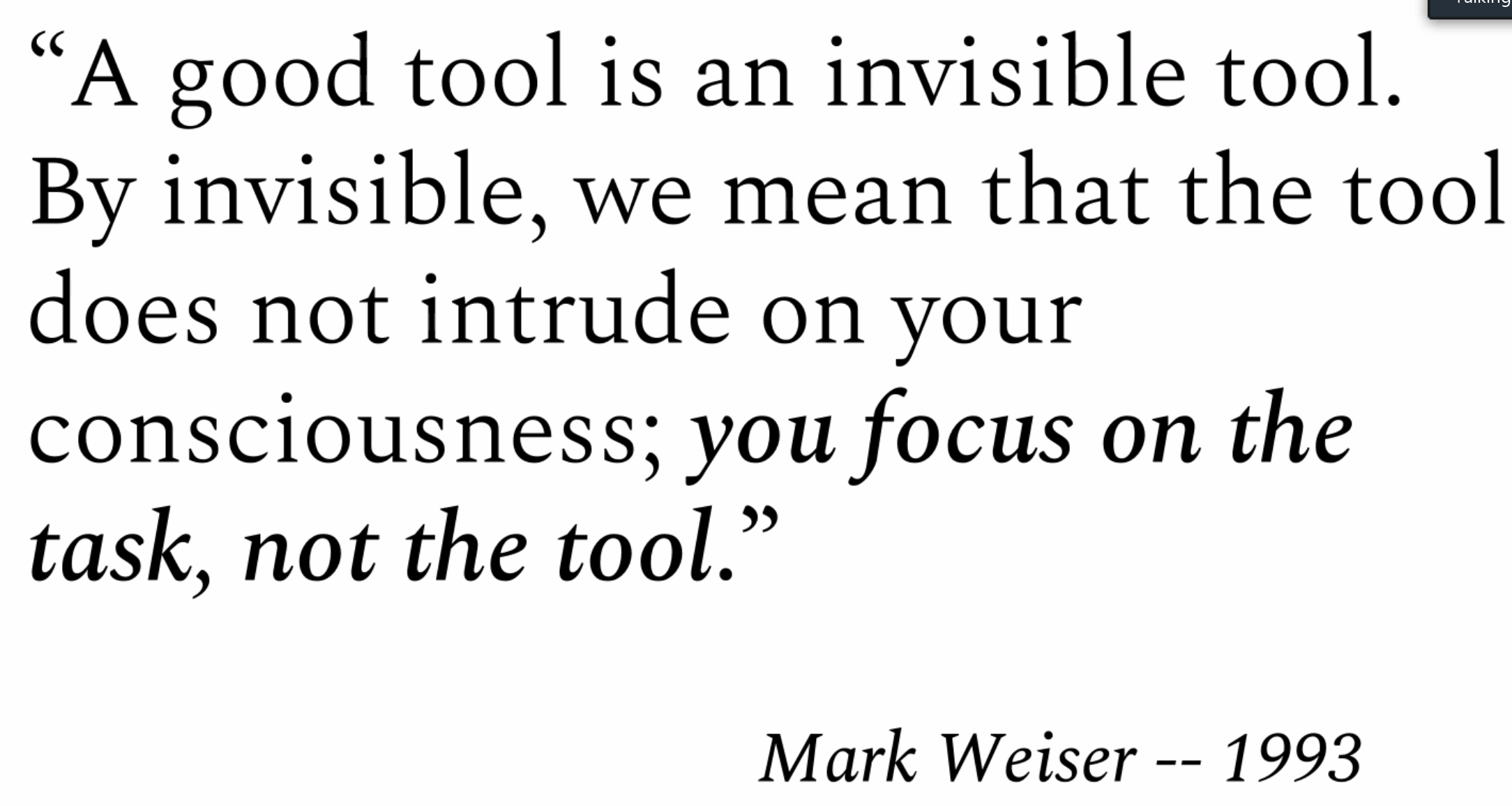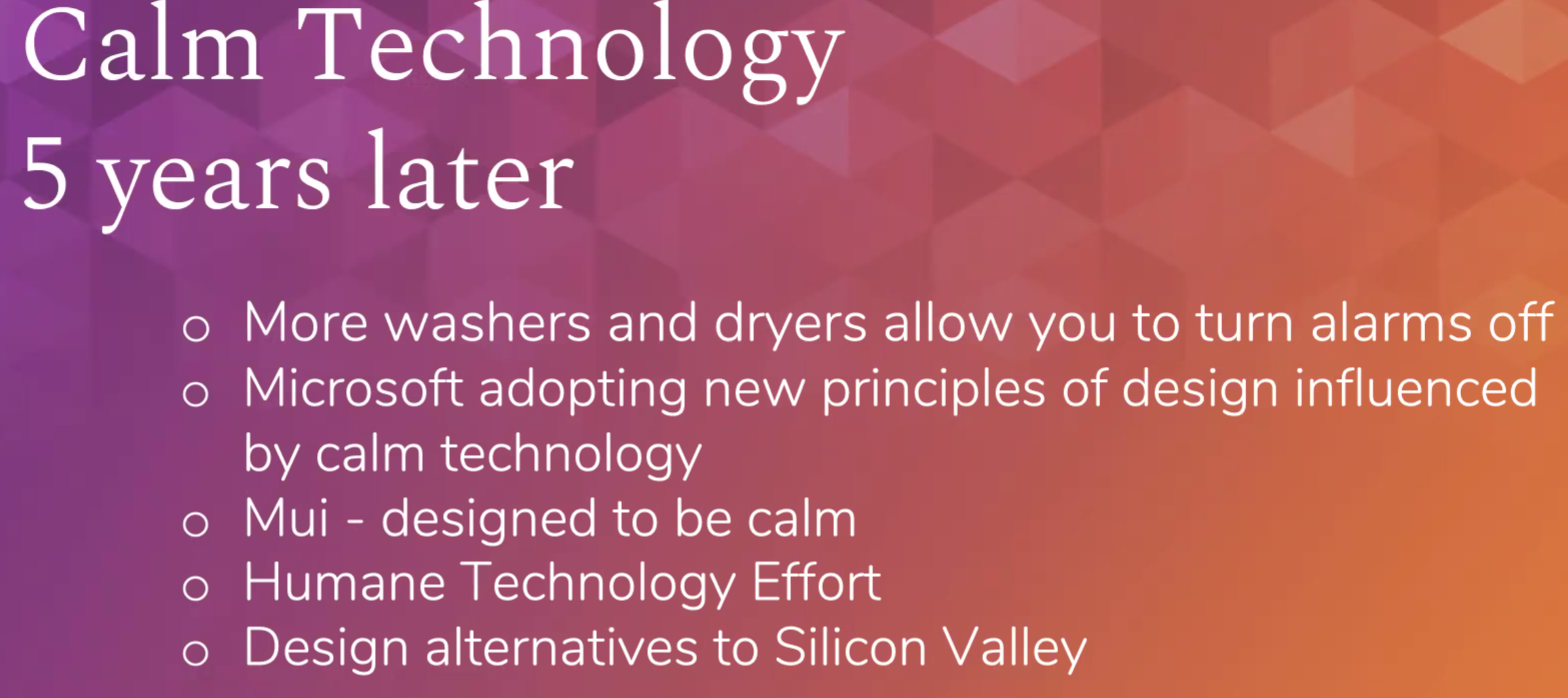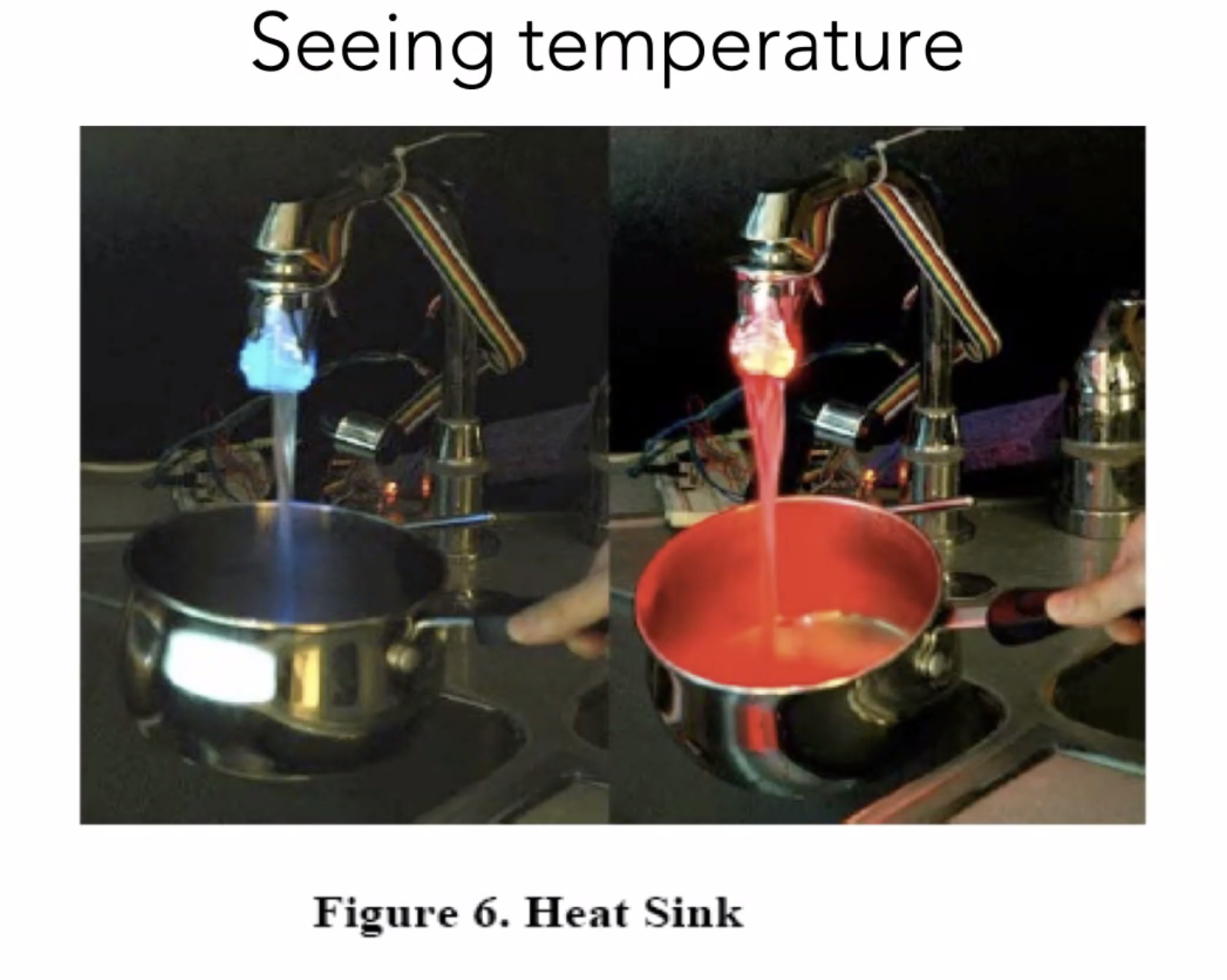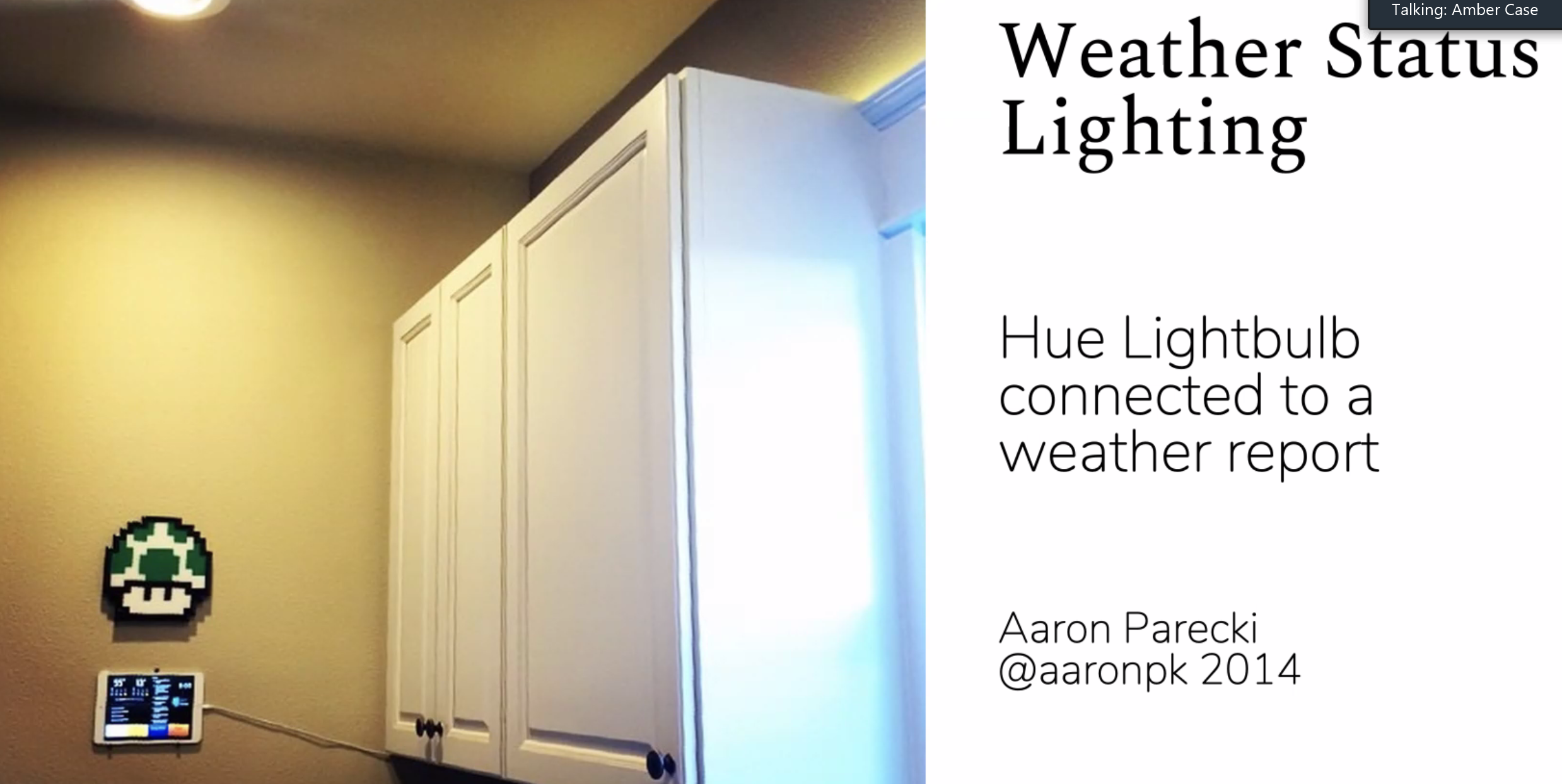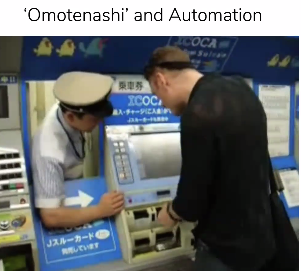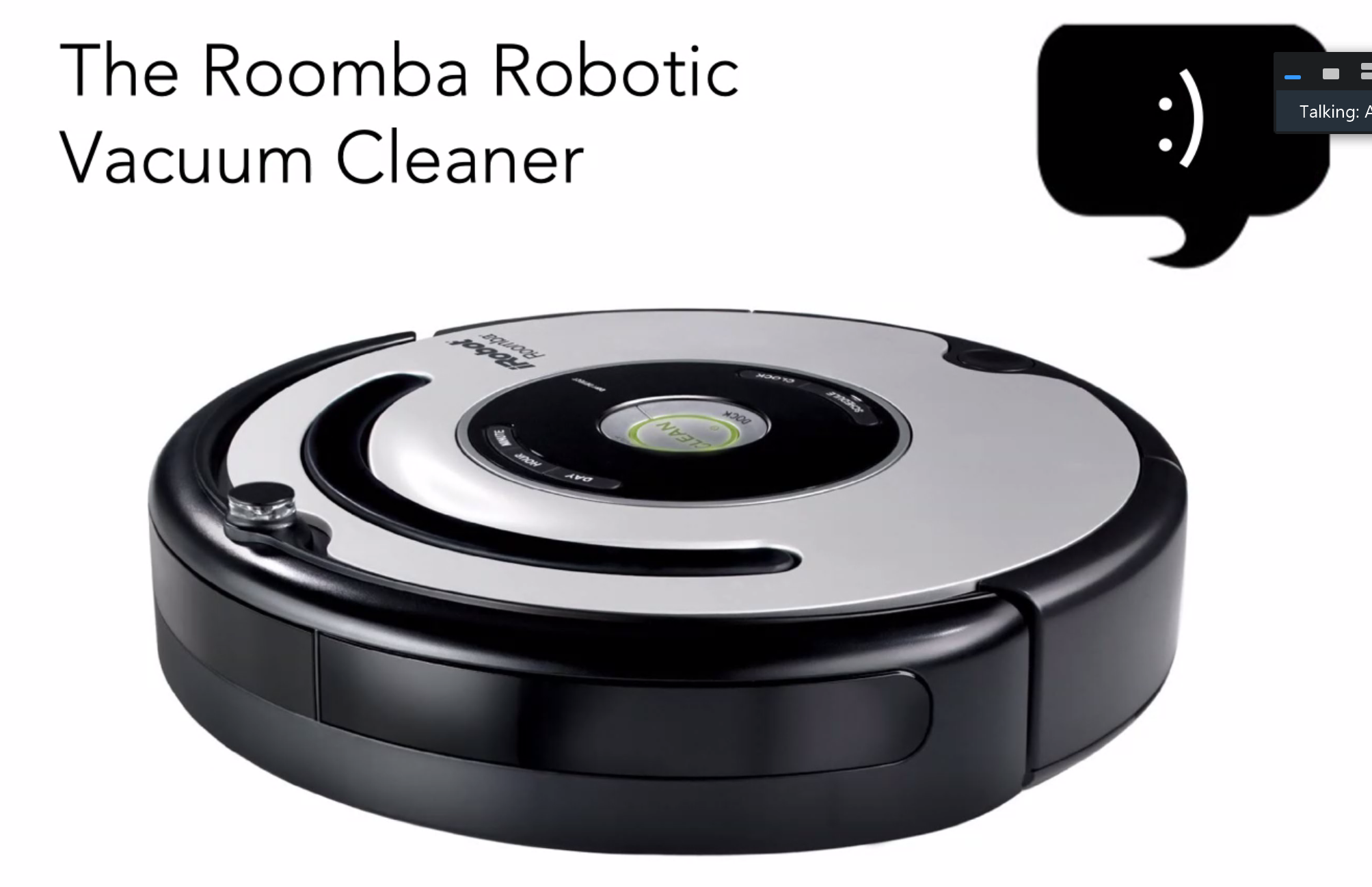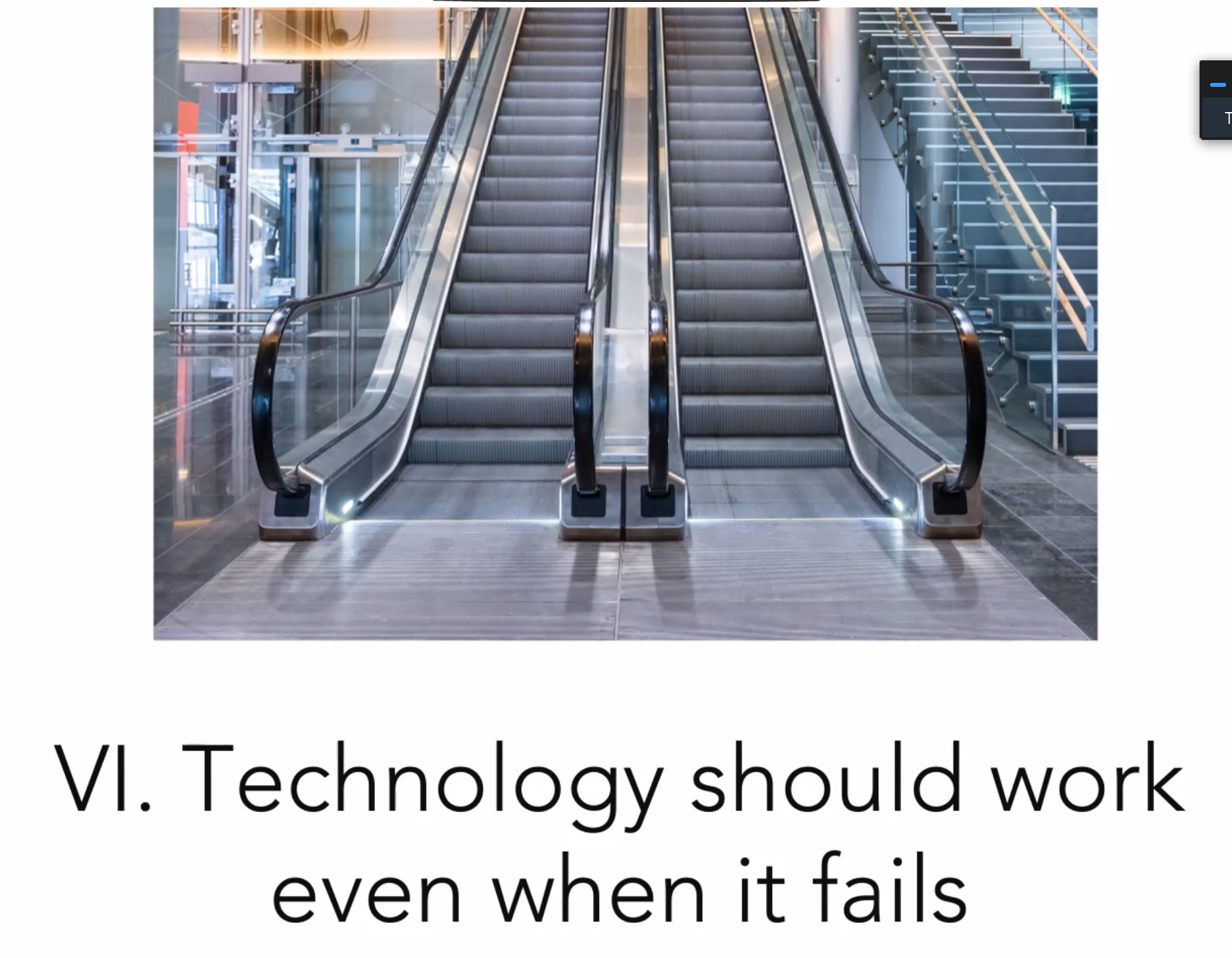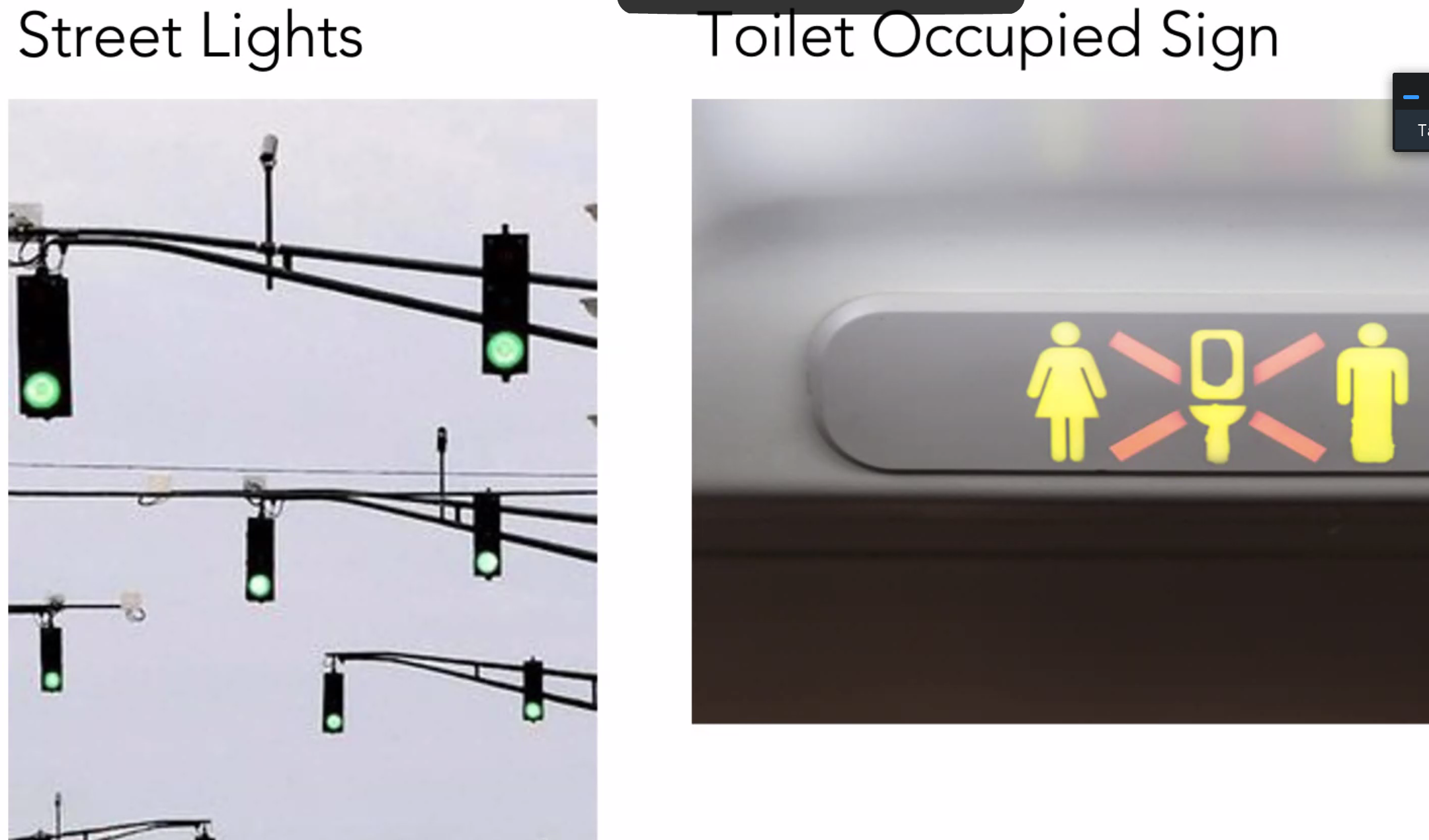Speaker Bio
Amber Case studies the interaction between humans and computers and how our relationship with information is changing the way cultures think, act, and understand their worlds. Case is an internationally recognized design advocate and the author of four books, including Calm Technology, Designing With Sound and A Kids Book About Technology. She spent two years as a fellow at MIT’s Center for Civic Media and Harvard’s Berkman Klein Center for Internet & Society.Named one of Inc. Magazine’s 30 under 30 and Fast Company’s Most Influential People in Technology, they were named a National Geographic Emerging Explorer in 2012 and received the Claude Shannon Innovation Award from Bell Labs. She was the co-founder and CEO of Geoloqi, a location-based software company acquired by Esri. You can follow her work on Medium: https://medium.com/@caseorganic and Twitter: https://twitter.com/caseorganic.
Video:
Intro
How can we design technology that becomes a part of people's lives and not a distraction from it? This practical talk explored the concept of calm technology, a method for smoothly capturing a person's attention only when necessary, while calmly remaining in the background most of the time. The goal is to explore principles of design that result in products that work well, launch well, are easy to support, easy to use, and remain unobtrusive.
#humanexperience #design #hci #calmtechnology
Summary
If good design allows people to accomplish their goal in the least amount of moves, then Calm Technology allows people to accomplish the same goals with the least amount of mental cost.
Author and HCI specialist Amber Case,
'CALM TECHNOLOGY: DESIGNING FOR THE NEXT GENERATION OF DEVICES'.
Background:
- Came across when thinking about devices, are lots of devices a good idea e.g. smart watches replicating phone devices
- Companies asking me to work on smart fridges, 'I want my fridge to control my diet' - these are unnecessary devices, too intrusive
- A beep that tells you when door is open to remember to close it, lots of sci-fi use cases which start with a dystopian kitchen of the future, brings remote attack vectors. This is the future I want to prevent, 2015/16 IoT hype.
Went wrong when server was down and people were away - folks had to get friends to break into their homes to feed their animals
A simpler way would be to install a mechanical timer that had a backup - for robust design
T
The difference between greek times - more chronos time rather than Kairos time = human time - not ampifying our humanness but making humans work like machines. Not a tech problem, but a design problem.
Be in kairos time when you design
We need opposite we need calm technology - a concept from Xerox Parc, a place where liberal artists, historians, social scientists all worked alongside each other
Mark Weiser: In the future tech will be cheap but time will be expensive.
paper on calm tech website.
Timeless papers - helpful universal decisions - think of universals not for the faster, throw away now.
- The Coming Age of Calm Technology. Mark Weiser and John Seely Brown. Xerox PARC, October 5, 1996.
NOT invisible in making decisions for your, you focus on looking outside not the window, (insert.........extras)
Book by Amber has led to e.g. Windows 11 on Calm, others expands on Mark Weiser & Seeley Brown's work,
HOW:
- Technology shouldn't require all of our attention, just some of it and only when necessary. e.g. Much should be ambient and subconscious e.g. dashboard display in a car, a light switch hides great complexity and danger, simple but not demeaning, anyone can use it. Beautiful example of calm technology.
- Technology should inform and encalm Different ways to do this, e.g. ambient awareness (transfer one visual thing into audio) example,
This colour-coded taps enable the brain translates from one sense to the other, taking something that's formerly invisible and make it visible.
3. Technology should empower the periphery Example is this weather status lighting, you 'feel' what the weather will be depending on the light and the weather
4. Technology should amplify the best of technology and the best of humanity: Machines shouldn't act like humans, and Humans shouldn't act like machines. Very important, we don't expect a dog to act like a dog, nor will AI - a different species
Harmonious feedback loop, human chooses the search term and does the curation, man alongside tech. Many good examples in Japan in indigenous cultures. Humans working alongside tech
Example of humans coming together - omotenashi we will anticipate your needs.
Always a human back-up, they automated out of necessity
5. Technology can communicate, but it doesn't need to speak Tech speaking is confusing for us because we expect them to understand, use different sounds, lights & music
6. Technology should work even when it fails, REDUNDANCY - best example is an escalator. e.g. Freud, 'humans were annoyed by prosthetics' - today we are dependent on connectivity for many apps and services to work, we need to think about how we can degrade gracefully so that it is accessible and useful to all at different levels of provision - we have much to learn
7. The right amount of tech is the minimum to solve the problem. EG some of my favourite tech
If we were to design now would be extra tech. Universal pictograms from bauhaus movement. Universally understood
We should never be 'bad at technology' it's just learning curve
Links & Resources
The Coming Age of Calm Technology. Mark Weiser and John Seely Brown. Xerox PARC, October 5, 1996.
Designing Calm Technology. Mark Weiser and John Seely Brown, 1995.
The book Designing Calm Technology is now available from O’Reilly Media and Amazon.com

